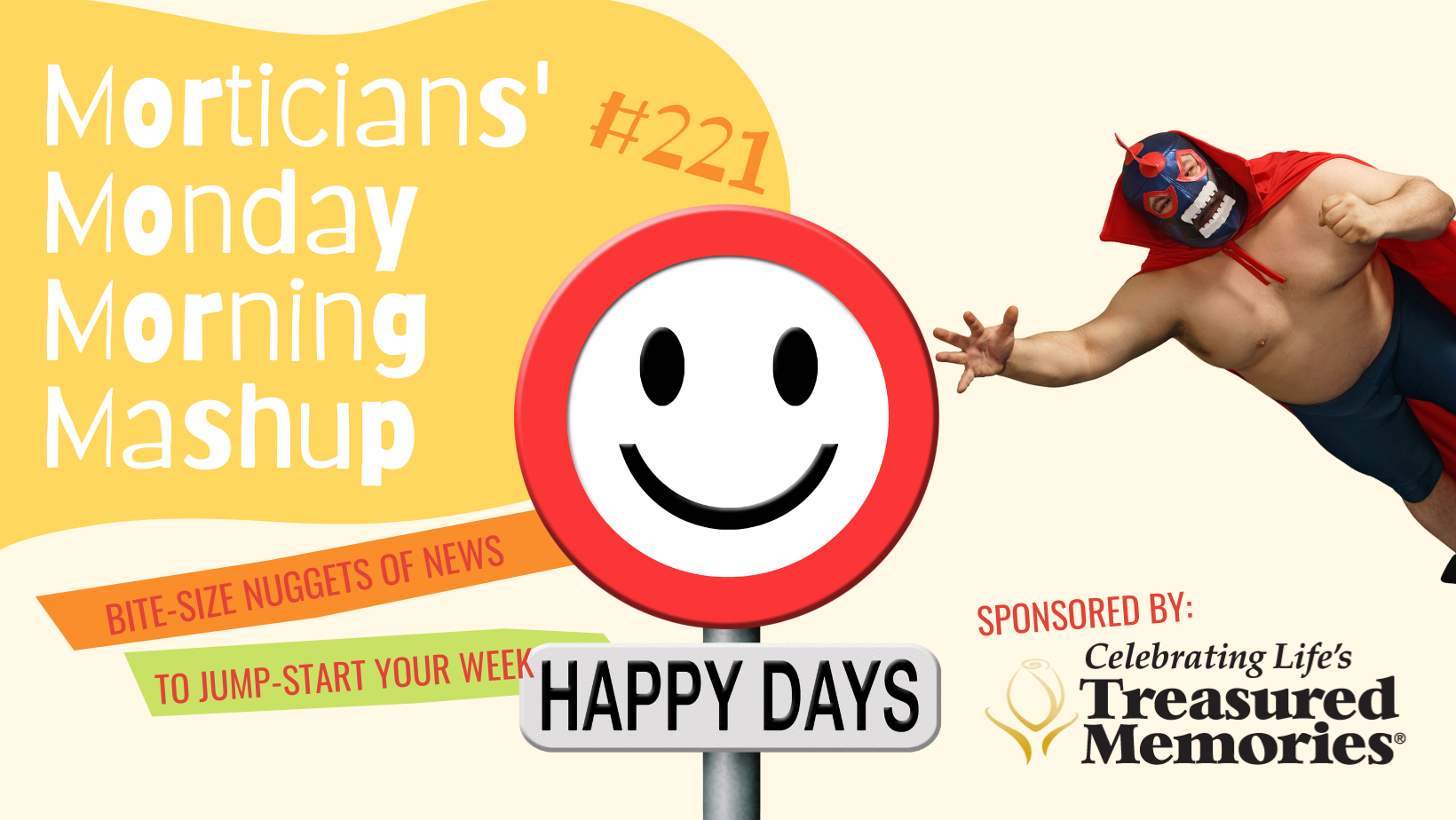A Review of HBO’s The Mortician: The Good, The Bad, and The Unimaginable
(The views in this piece are my own personal opinions and observations and do not necessarily represent those of Connecting Directors or the good people behind it.)
When it comes to HBO’s recent documentary The Mortician, most funeral service professionals probably fell into one of two categories: those who refused to watch it because David Sconce is a horrible person and the worst possible representative of the industry, and those who watched to see exactly how deathcare was portrayed and prepare themselves for the inevitable questions from the curious.
If you’re part of the last category, you weren’t the only one tuning in, popcorn ready, for those three Sunday night episodes. It turns out that a lot of people wanted to know just how bad the Sconce criminality could get — so many that The Mortician became HBO’s most-watched documentary in the last five years. I was among those 2.6 million record-breaking viewers, and here’s my personal take on the series as it relates to you, our extremely appreciated readers.
We’ll start with the Good
Yes, I did manage to find some small bits of light amid the dark, dark, scenes of disturbing greed and inhumanity. In my humble opinion, the crimes and indiscretions committed by David Sconce and enabled by his parents and employees were so extreme and so unspeakable — just so “out there” — that his story has to be an anomaly. Yes, it was a true story, and yes, Sconce eagerly owned up to his sick deeds and twisted motivations. I simply can’t fathom that a normal human being can watch this tale unravel and believe that the majority of other funeral professionals (or any person with a conscience, for that matter) could ever conceive of such actions. Again … just my opinion.
Another much appreciated aspect of the documentary was the rational input of real deathcare pros, from a mortuary school instructor to actual competitors of the Sconce’s Lamb Funeral Home in Pasadena, California. These individuals represented what families want to see in their funeral directors and those who will be handling the remains of their loved ones, respectfully and ethically.
Lastly, the documentary clearly communicated that things changed in the industry after Sconce was found out in 1987 and convicted in 1989. Laws were enacted and regulations put in place for strict oversight and to prevent similar tragedies from befalling innocent families again … which leads me to the next section of this review.
There was some Bad
Those 2.6 million normal human beings who watched The Mortician probably did what most of us do today when engrossed in a new story — Googled to find out more. And that might have led them to not-so-dissimilar stories of bad actors in recent history like the Hallfords of Colorado’s Return to Nature, for example. Like Sconce, the husband-and-wife green funeral home owners seemed to be driven by greed and a total disrespect for human remains. Hopefully, “the Google” also told these internet sleuths that even more laws have been enacted to keep people like the Hallfords and the small handful of bad guys out of the industry and unable to hurt more families.
Another (kind of) bad thing that actually wasn’t in the documentary, but definitely took advantage of its popularity, is an event that popped up in my own Google search. On June 14, a group held an “interactive murder mystery experience” at the “historic” 1920s Pasadena building that was formerly Sconce’s Lamb Funeral Home. The building also serves as the backdrop for an escape room activity called “Missing at the Mortuary.” Ugh … it’s just so gross.
But it was mostly Ugly … or in this case, Unimaginable
Let’s face it — The Mortician had all the expected titillating elements of today’s must-watch true-crime docs, and maybe more. It had murder (allegedly), greed (obviously), ex-cons, mobsters, money, the family-falling-from-grace storyline, broken marriages, college football players, poison, lots of drugs, veiled confessions to even more crimes (cliffhanger style), and of course, the shadowy participant who didn’t want their face revealed.
Worst of all were the families who found out the remains they cherished probably weren’t those of their loved ones. They learned that the people handling the bodies weren’t professionals at all, but sketchy figures who practiced ineptly, unethically, and without one bit of remorse or discretion. They also learned that they entrusted their loved one to a sociopath who didn’t seem one bit sorry for what he’d done. Even prison and a $15.4 million settlement with his victims’ families didn’t give him a glimmer of a soul — and the last few moments of the documentary proved that, without a doubt.
The one question I wish they had asked
In that final episode viewers heard Sconce tearfully relate the deaths of two of his grandparents. Yes, I said tearfully. His near-humanity was astonishing, to be honest, and stood in stark contrast to the benign, almost jovial way Sconce discussed all of the atrocities and crimes he had committed.
I wish the interviewer had stopped him right there and asked this man, who openly stated in The Mortician that, “I don’t put any value in anybody after they’re gone and dead” and “people just got to be more in control of their emotions,” why the tears, or, more directly, how he would feel if his two beloved grandparents had been shoved in a cremation furnace with 10 other strangers? One has to wonder.




